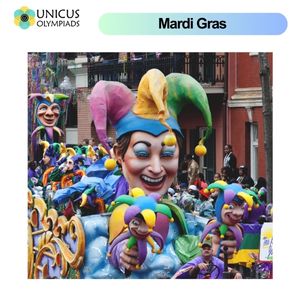

Festivals are an important part of cultural expression and community life across the globe. These celebrations are often steeped in history, tradition, and deep-rooted customs. From the vibrancy of Diwali in India to the festive joy of Chinese New Year, the world is home to a wide variety of festivals that showcase diverse cultures, religions, and ways of life. In this article, we will explore some of the most famous global festivals, their significance, and how they are celebrated.
Diwali, also known as the Festival of Lights, is one of the most important festivals in India, celebrated by millions of Hindus, Sikhs, Jains, and Buddhists around the world. It marks the triumph of light over darkness and good over evil.
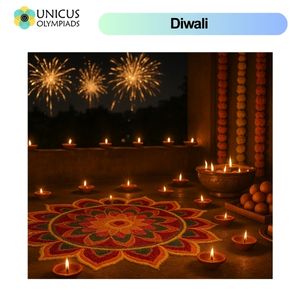
Chinese New Year, also known as the Spring Festival, is the most significant traditional holiday in China and among Chinese communities worldwide. It marks the beginning of the lunar new year and is celebrated with various customs and traditions aimed at bringing good luck and prosperity.
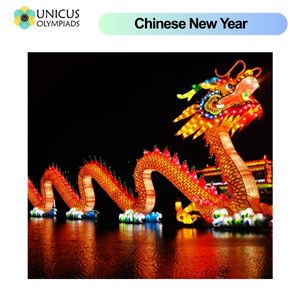
Carnival is a lively and colorful festival celebrated mainly in Brazil, particularly in Rio de Janeiro. It is famous for its parades, samba music, and extravagant costumes.
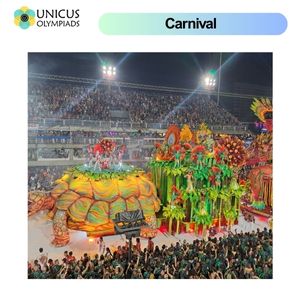
Oktoberfest is the world’s largest beer festival, celebrated annually in Munich, Germany. It attracts millions of visitors from around the world who come to enjoy the festivities, beer, and Bavarian culture.
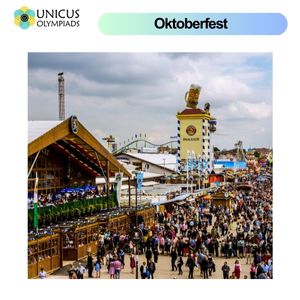
Eid al-Fitr is one of the most important holidays in Islam. It marks the end of Ramadan, the month of fasting, and is a time for family, feasting, and giving charity.
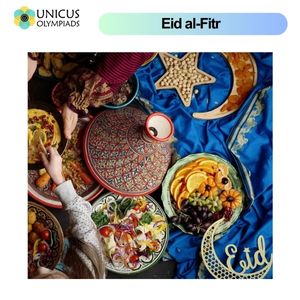
Halloween is a widely celebrated festival, particularly in the United States, Canada, and other Western countries. It is known for costumes, trick-or-treating, haunted houses, and spooky decorations.

Hanukkah, also known as the Festival of Lights, is celebrated by Jewish communities around the world. It commemorates the rededication of the Second Temple in Jerusalem and the miracle of the oil that lasted eight days.
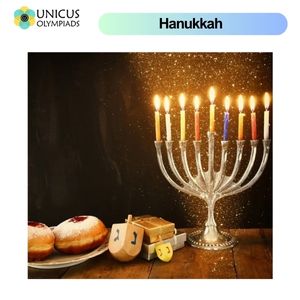
Songkran is Thailand’s traditional New Year festival, celebrated with water fights and various cultural rituals. It marks the end of the dry season and the beginning of the Thai new year.
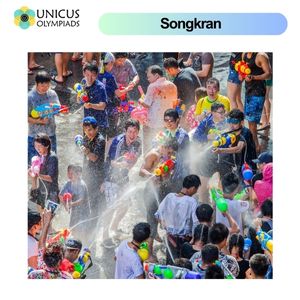
La Tomatina is a famous food fight festival held in Bunol, Spain. Thousands of people gather to throw tomatoes at each other in a huge, chaotic event.

Mardi Gras, particularly famous in New Orleans, is a vibrant celebration filled with parades, music, dancing, and colorful costumes. It marks the beginning of Lent in the Christian calendar.
